Popular on Food52
Continue After Advertisement
11 Comments
Count M.
August 6, 2013
Since I took a canning class about four years ago, I started canning everything! Most useful are probably the quarts of tomatoes I put up (I do about 40 pounds, and if I'm judicious, they'll last until it's tomato season again). Most fun are jams -- I love adding chiles, star anise, ginger root, lemongrass, black pepper, and whatever strikes my fancy to jam made with fruit from the market or begged, borrowed, and foraged. The best ever was a stonefruit-chile made with a combination of plums we'd found by the lake, others we'd harvested from my mom's tree, and a few very ripe peaches the neighbors couldn't use.
KitchenBeard
August 6, 2013
I just did my first batch of fig preserves from my back yard tree. I may do some whole pickled figs too with the smaller ones.
Virginia W.
August 6, 2013
yum. I love fig preserves with just a bit of lemon. You are so lucky to have a tree in your back yard!
KitchenBeard
August 6, 2013
I'm also eyeballing my neighbor's prickley pear cactus that drops fruit in my yard this time of year too.
AntoniaJames
August 6, 2013
The instructions above suggest that the lids should be boiled for ten minutes with the jars. The lids should not be boiled at all. They should be put in a separate pan of water that's been brought to a boil, but then turned off. (Boiling can affect the integrity of the rubber seal.)
Here is what the Ball Canning site has to say about this:
"Wash jars, lids and bands in hot soapy water. Rinse well. Dry bands; set aside. Jars and lids must be preheated and kept hot until they are used. To preheat jars and lids, completely submerge them in water that has been brought to a simmer (about 180°F). They should remain at this temperature until they are used, removing one at a time as needed. DO NOT boil lids. If jars are used for any recipe that is processed less than 10 minutes, the jar must be sterilized. To sterilize jars, submerge jars in water and boil 10 minutes. (For altitudes higher than 1,000 feet above seal level, refer to Canning Basics.) Allow sterilized jars to remain at a simmering temperature until they are used."
http://www.freshpreserving.com/tools/faqs.aspx (under the question about "special steps").
Note, too, that if the canned items are to be processed for 10 minutes or more, you don't need to sterilize the jars in boiling water for ten minutes. That's a big time saver!
;o)
Here is what the Ball Canning site has to say about this:
"Wash jars, lids and bands in hot soapy water. Rinse well. Dry bands; set aside. Jars and lids must be preheated and kept hot until they are used. To preheat jars and lids, completely submerge them in water that has been brought to a simmer (about 180°F). They should remain at this temperature until they are used, removing one at a time as needed. DO NOT boil lids. If jars are used for any recipe that is processed less than 10 minutes, the jar must be sterilized. To sterilize jars, submerge jars in water and boil 10 minutes. (For altitudes higher than 1,000 feet above seal level, refer to Canning Basics.) Allow sterilized jars to remain at a simmering temperature until they are used."
http://www.freshpreserving.com/tools/faqs.aspx (under the question about "special steps").
Note, too, that if the canned items are to be processed for 10 minutes or more, you don't need to sterilize the jars in boiling water for ten minutes. That's a big time saver!
;o)
Virginia W.
August 6, 2013
Thanks so much for your input and advice! I wholeheartedly trust Ball. I guess it's a habit from my mom and grandmother, but it does make sense it might affect the rubber. I do love your point about sterilizing for 10 minutes isn't necessary if the jars will be processed for 10 minutes! Thanks so much for reading. Best VA
Hilarybee
August 6, 2013
Another sanitization time saver is brewer's sanitizer, Star San. I wash all of my jars, rings and lids, equipment, spoons etc. in Star San solution before canning. I then boil the jars for five minutes, and process for ten minutes.
Whites5
August 6, 2013
You're using your jar lifter upside down!
Virginia W.
August 6, 2013
Oh my goodness. Busy day at the photo studio and a hand model that wasn't am experienced canner. Thanks so much. We've removed the incorrect photo. Thanks for reading!
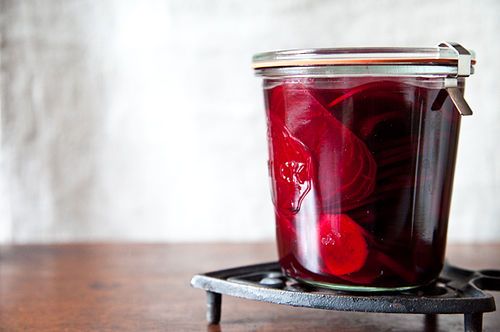
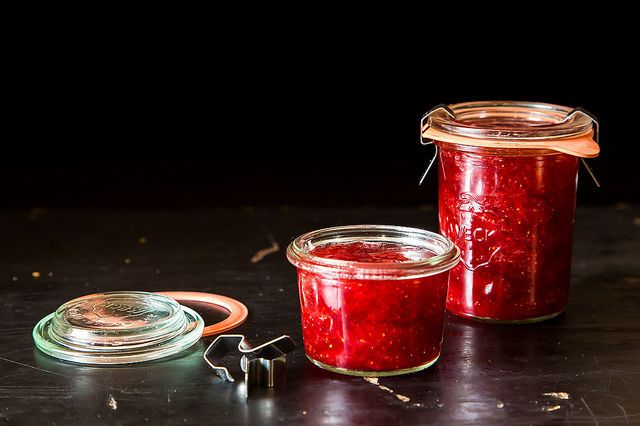

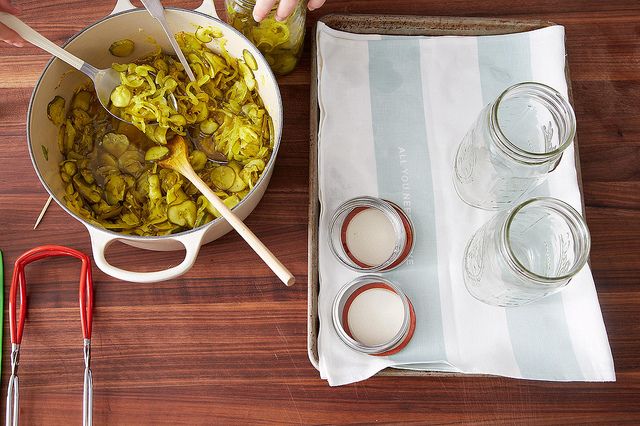
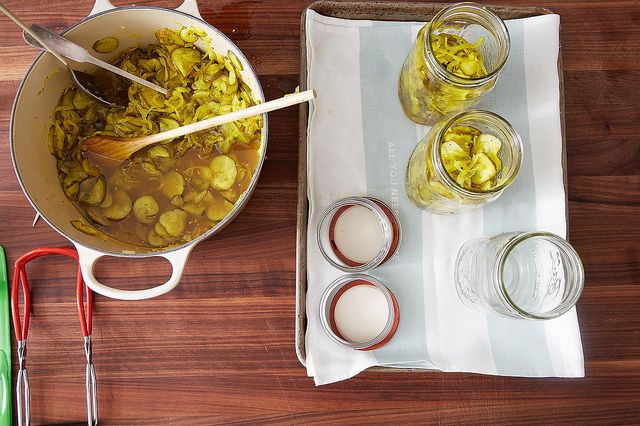
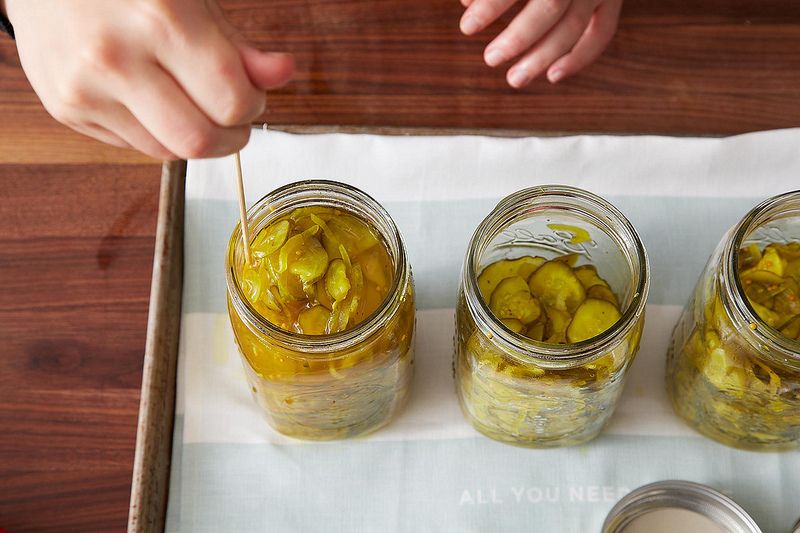
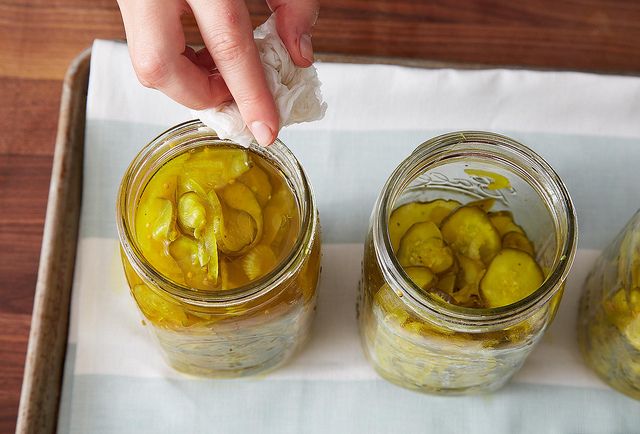
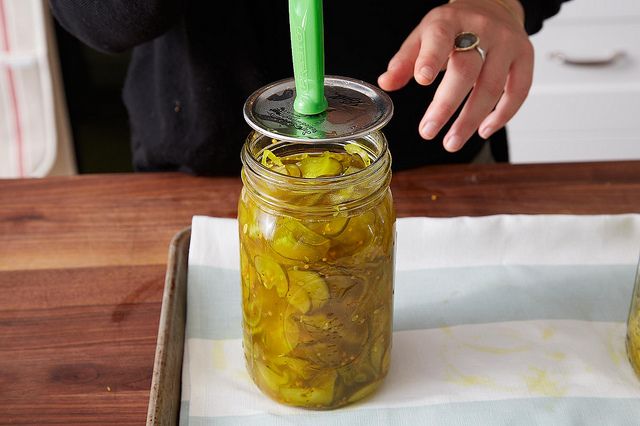
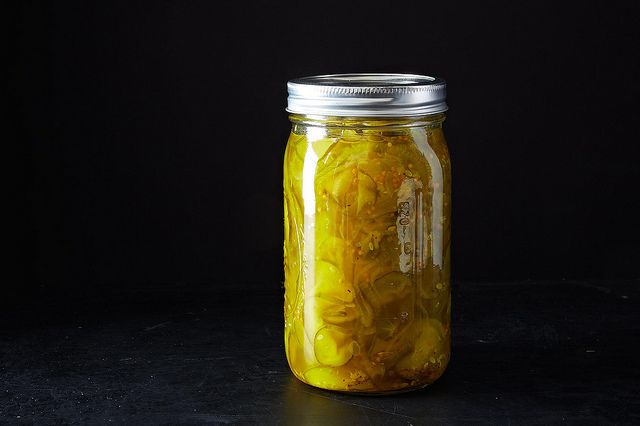
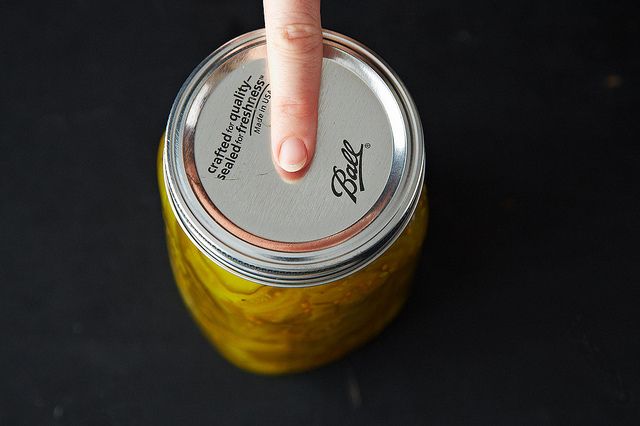

See what other Food52 readers are saying.